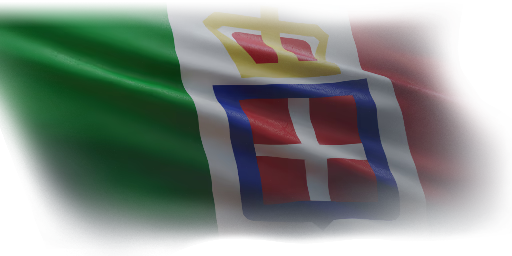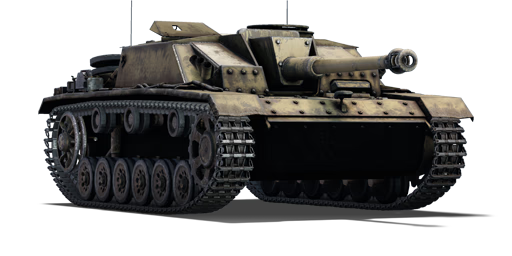




During the advance of the Allies on Italian territory in 1943, Germany began to send different types of vehicles to Italy (RSI) to increase their effectiveness and in turn improve the defence of the territory, including aircraft, light vehicles, transport vehicles, cannons, and eventually tanks. In particular, Pz.IV G, Pz.III N, and eventually StuG III G were sent. These were used in the 1st Armoured Division Black Shirts "M" formed in the same year and was divided into three companies, the third of which was equipped with 12 StuG III G, with 2 particular differences: the removal of the side skirts, and the addition of smoke launchers on both sides. The Italian StuG III Gs did not see combat because the division was still in training, and would eventually be recovered by the Germans only to be captured by the Allies during the advance into Germany.
Introduced in Update "Ixwa Strike", the Italian StuG III G is almost the same as the German one however it has its particular differences such as the removal of the side skirts, and the addition of 2 triple smoke grenade launchers, which can be useful to escape from dangerous situations or to confuse the enemy. Thanks to the powerful cannon, you can destroy any target you meet at your level, always try to position yourself in well-protected places so you can destroy as many targets as possible.
| Ammunition | Type | Armor penetration (mm) at a distance: | |||||
|---|---|---|---|---|---|---|---|
| 10 m | 100 m | 500 m | 1000 m | 1500 m | 2000 m | ||
| APCBC | 145 | 143 | 130 | 116 | 104 | 93 | |
| HE | 10 | 10 | 10 | 10 | 10 | 10 | |
| HEAT | 80 | 80 | 80 | 80 | 80 | 80 | |
| APCR | 182 | 177 | 159 | 140 | 122 | 107 | |
| Smoke | 3 | 3 | 3 | 3 | 3 | 3 | |












Mobility | |
|---|---|
Protection |
|---|
Firepower | ||
|---|---|---|